A Internet of things (IoT) is a term that refers to the interconnection of physical objects with the internet. These objects, called IoT devices, can collect and transmit data through sensors and other devices.
IoT has the potential to revolutionize the way we live, work and have fun. It can be used to improve efficiency, safety and comfort in a wide range of industries including health, manufacturing, transportation and retail.
What is IoT?
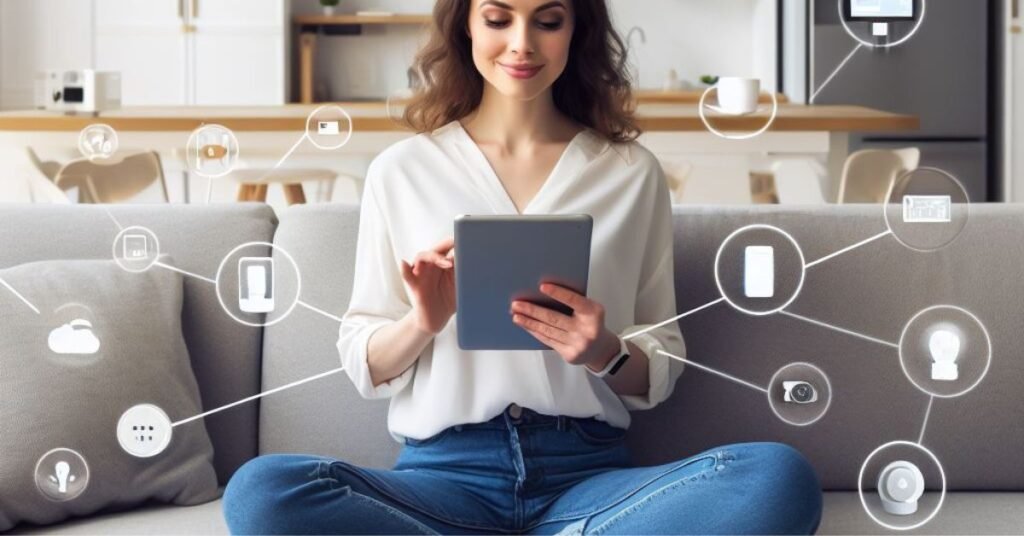
A IoT is a broad concept that covers a variety of technologies and applications. In general, IoT can be defined as the interconnection of physical objects with the internet. These objects, called IoT devices, can collect and transmit data through sensors and other devices.
IoT devices can be of any size or shape. They can be used for monitor the environment, control devices or provide information to users.
How does IoT work?
IoT works through an IoT device network, sensors and servers. IoT devices collect data through sensors and transmit it to a server. The server stores and processes the data, which can then be used to make decisions or provide information to users.
Trends for the future of IoT
IoT is constantly evolving. Here are some of the trends for the future of IoT:
- Growth of number of devices IoT: The number of IoT devices is growing rapidly. It is expected that there are over 200 billion IoT devices in use up to 2025.
- Improved connectivity: The connectivity between IoT devices is improving. This is making it easier for IoT devices to communicate with each other and with the internet.
- Increased safety: Security is becoming a growing concern with IoT. Companies are developing new Technology to protect the data collected by IoT devices.
- New use cases: IoT is being used in new use cases. IoT is being used to improve efficiency, safety and comfort in a wide range of industries.
Impacts of IoT in society
IoT has the potential to impact society in many ways, including:
- Improved efficiency: IoT can be used to improve efficiency in a wide range of industries. For example, IoT can be used to automate tasks, monitor performance and optimize processes.
- Increased safety: IoT can be used to improve security in a wide range of sectors. For example, IoT can be used to monitor the environment, detect threats and protect people and goods.
- Improved comfort: IoT can be used to improve comfort in a wide range of sectors. For example, IoT can be used to control home devices, provide personalized information and offer entertainment services.
Examples of how IoT is being used:
- Health: IoT is being used to monitor patients, track medications and provide remote assistance.
- Manufacture: IoT is being used to automate processes, improve efficiency and reduce waste.
- Transport: IoT is being used to improve transport safety, efficiency and convenience.
- Smart cities: IoT is being used to improve city management such as transportation, energy and security.
- Smart Homes: IoT is being used to automate domestic tasks and improve comfort.
The future of IoT:
IoT is constantly evolving and is likely to continue to grow and expand in the coming years. As technologies become more accessible and reliable, IoT will become increasingly widespread in every aspect of our life.
IoT is a Technology emerging with the potential to revolutionize the way we live, work and have fun. IoT is still in its phase initial of development, but is already having a significant impact on society.
With the advancement of technologies and the adoption of IoT, it is likely that it will continue to grow and evolve in the coming years. It is important to be prepared for this future and understand the potential of IoT to impact society.
FAQs about the Internet of Things (IoT)
What is IoT?
IoT, or Internet of things, is a term that refers to the interconnection of physical objects with the internet. These objects, called IoT devices, can collect and transmit data through sensors and other devices.
How does IoT work?
IoT works through an IoT device network, sensors and servers. IoT devices collect data through sensors and transmit it to a server. The server stores and processes the data, which can then be used to make decisions or provide information to users.
What are the benefits of IoT?
IoT has the potential to offer a wide range of benefits including:
Improved efficiency:IoT can be used to automate tasks, monitor performance and optimize processes.
Increased safety:IoT can be used to monitor the environment, detect threats and protect people and goods.
Improved comfort:IoT can be used to control home devices, provide personalized information and offer entertainment services.
What are the challenges of IoT?
IoT also presents some challenges, including:
Security:The security of data collected by IoT devices is an important concern.
Privacy:Users need to be aware of how their data is being collected and used.
Cost:The implementation of IoT solutions can be expensive.

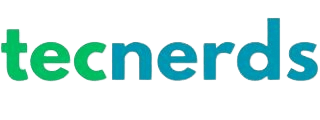



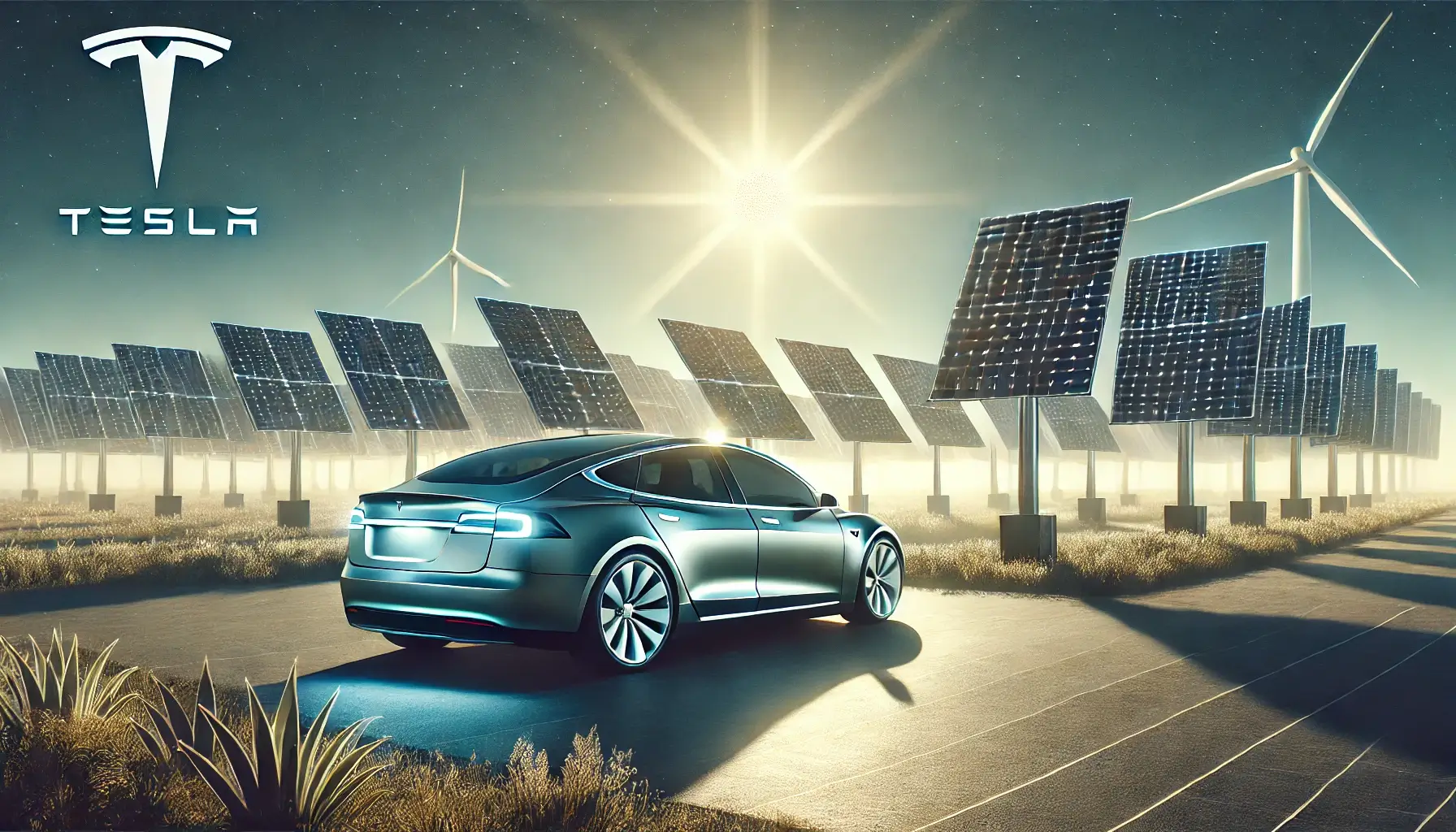
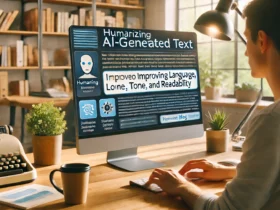
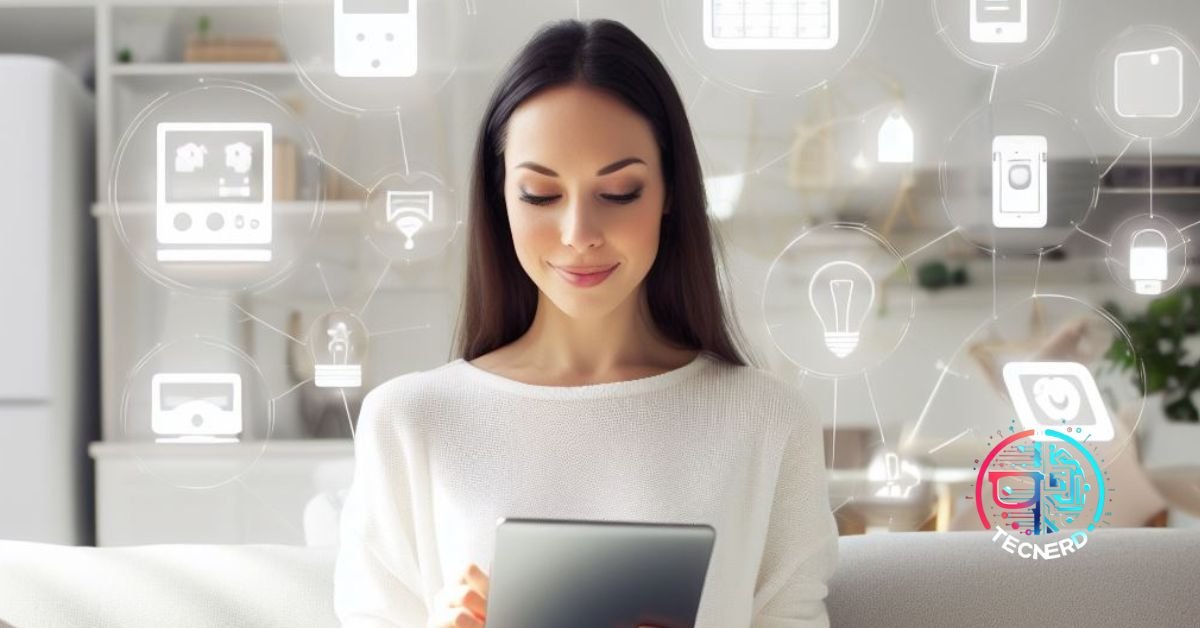
Leave a Review